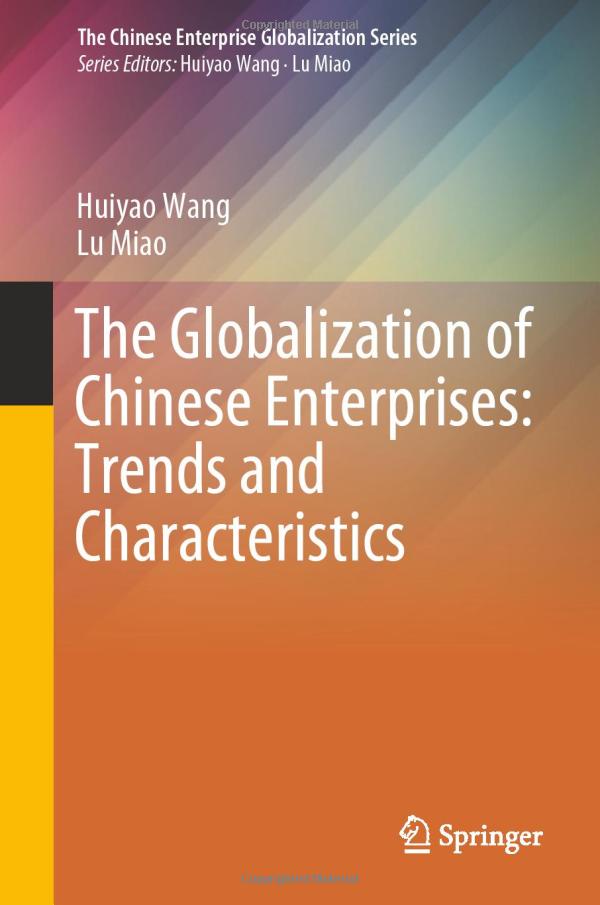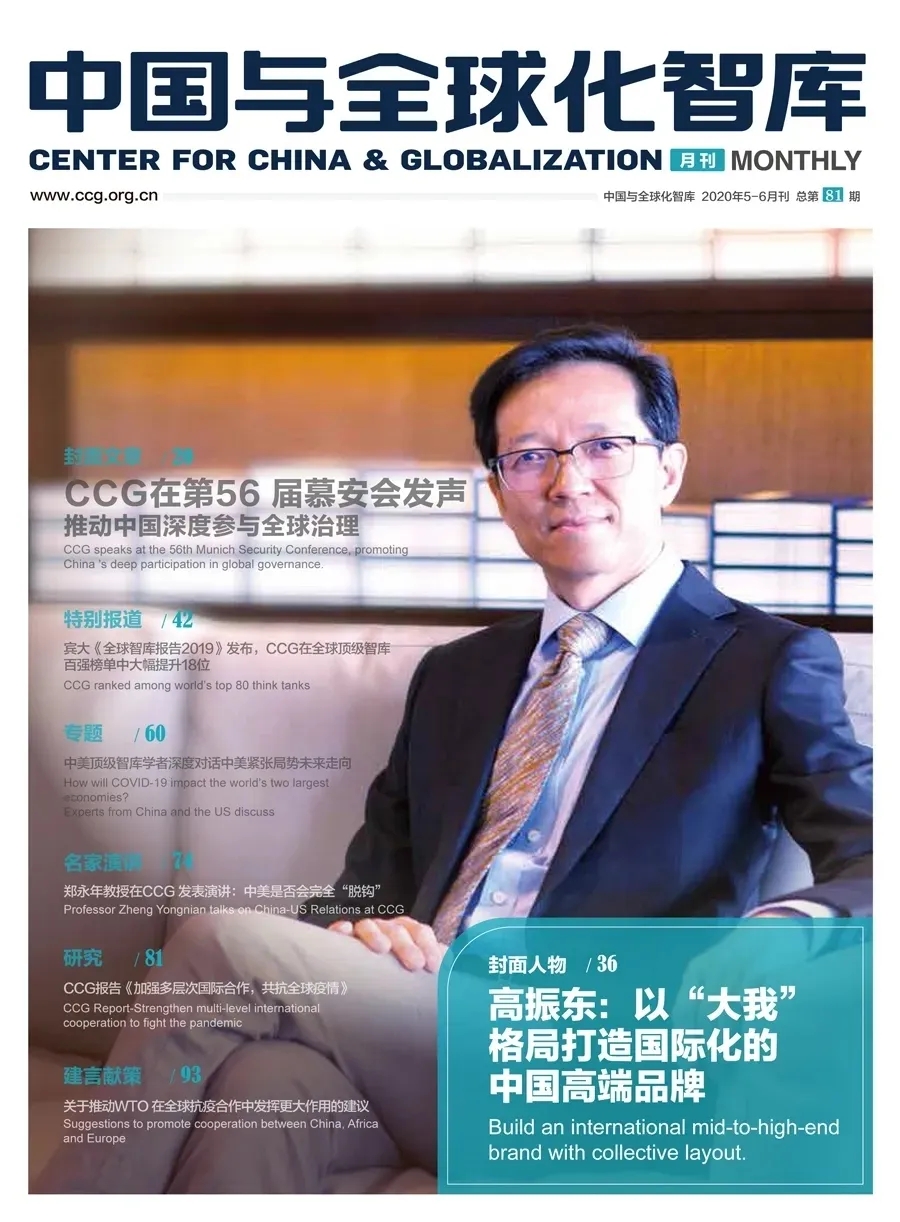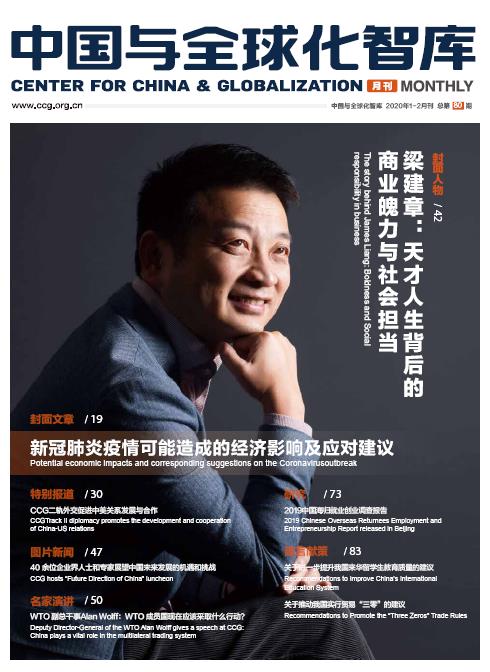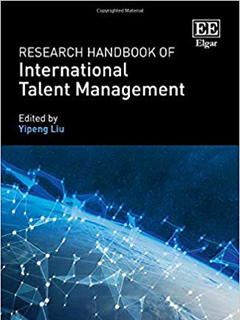State Immigration Administration

Publisher:
Author:
Release Date:
Click for Larger Picture
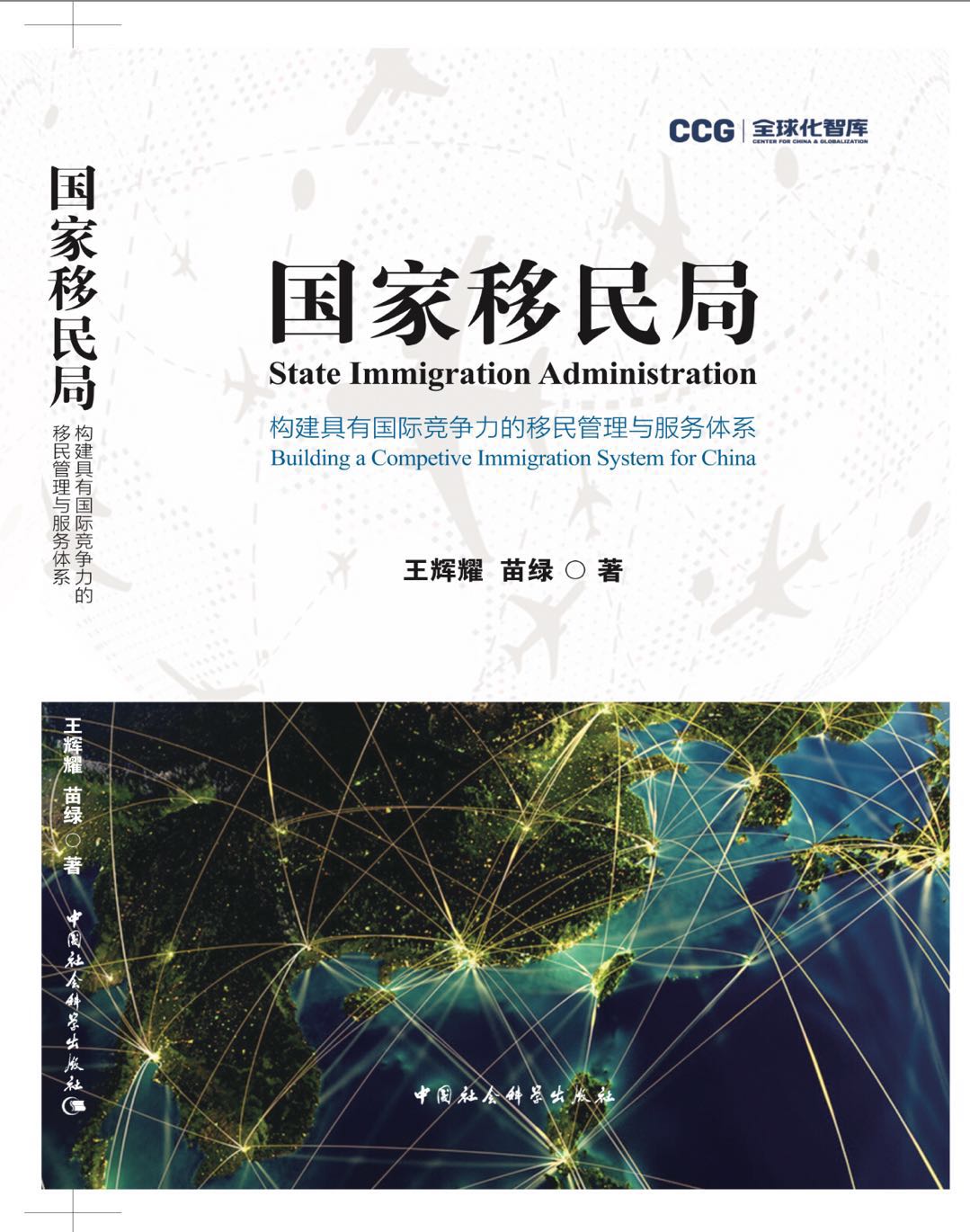
The book sets the context for the creation of China’s SIA. In recent years, countries around the world are increasingly recognizing the importance of attracting top talent for national development. According to a new UN report, in 2015, 244 million people were living and working outside their native countries, around 3.3% of the world’s population. Flows of people have become an important component of globalization, a trend that is set to continue in future.
Section one of the book outlines the functions of the SIA and driving factors and trends for international migration. Section two gives an overview of immigration management in the US, Canada, UK, Germany, Australia, Singapore and Japan, drawing comparisons and highlighting lessons for China’s system. Section three elaborates on current trends, policy issues and the economic role of immigration in China, analyzing key challenges and solutions to overcome these issues regarding legislation, administrative innovations, and supporting policies.
Table of Contents
Preface
Chapter 1 The Surge in International Migration
1, What is International Migration?
2, What Explains International Migration?
3, The New Dynamics of Global Migration Flows
4, Challenges and Opportunities International Migration Presents to the World
5, Conclusion: To Strengthen the Capacity of International Migration Management and Service
Chapter 2 The International Experience of Immigration Management
1, What is Immigration Management?
2, How Developed Economies Manage International Migration
3, Conclusion: Valuable Experiences of Immigration Management from the Developed Economies
Chapter 3 The Evolution of International Migration in China
1, Current Situation of International Immigration in China
2, Role of International Immigrants in China’s Development
3, International Immigration Trends in China
4, Conclusion: China Needs to Build a Globally-Competent National Immigration Administration
Chapter 4 The Basis for Building China’s National Immigration Administration
1, Breakthroughs in Laws, Regulations, and Policies
2, Allocation of Migration Management Functions Across Agencies Ministries
3, Gradual Refinement of the International Migration Management System
4, International Migration Management Procedure
5, Conclusion: Establishing a National Immigration Administration will Significantly
Improve China’s Migration Management Capacity and Facilitate Integration with the International System
Chapter 5 Challenges and Opportunities in Building a National Immigration Administration
1, Demands and Opportunities
2, Difficulties and Challenges
3, Conclusion: Establishing a National Immigration Administration Signifies an Opening for China
Chapter 6 How to Build China’s National Immigration Administration
1, Management and Service Functions of the National Immigration Administration
2, The Immigration Law: Legal Base of the National Immigration Administration’s Management and Services
3, Constructing a Framework for the National Immigration Administration
4, How to Elevate the Quality of International Migration Management Services
5, How to Build an Admission Mechanism for International Immigrants
6, How to Optimize China’s Regulations on Permanent Residence
7, How to Optimize China’s Visa System
8, How to Improve the International Migration Management Capacity
9, Conclusion: The National Immigration Administration Has a Long Way to Go
Epilogue
References
Afterword

